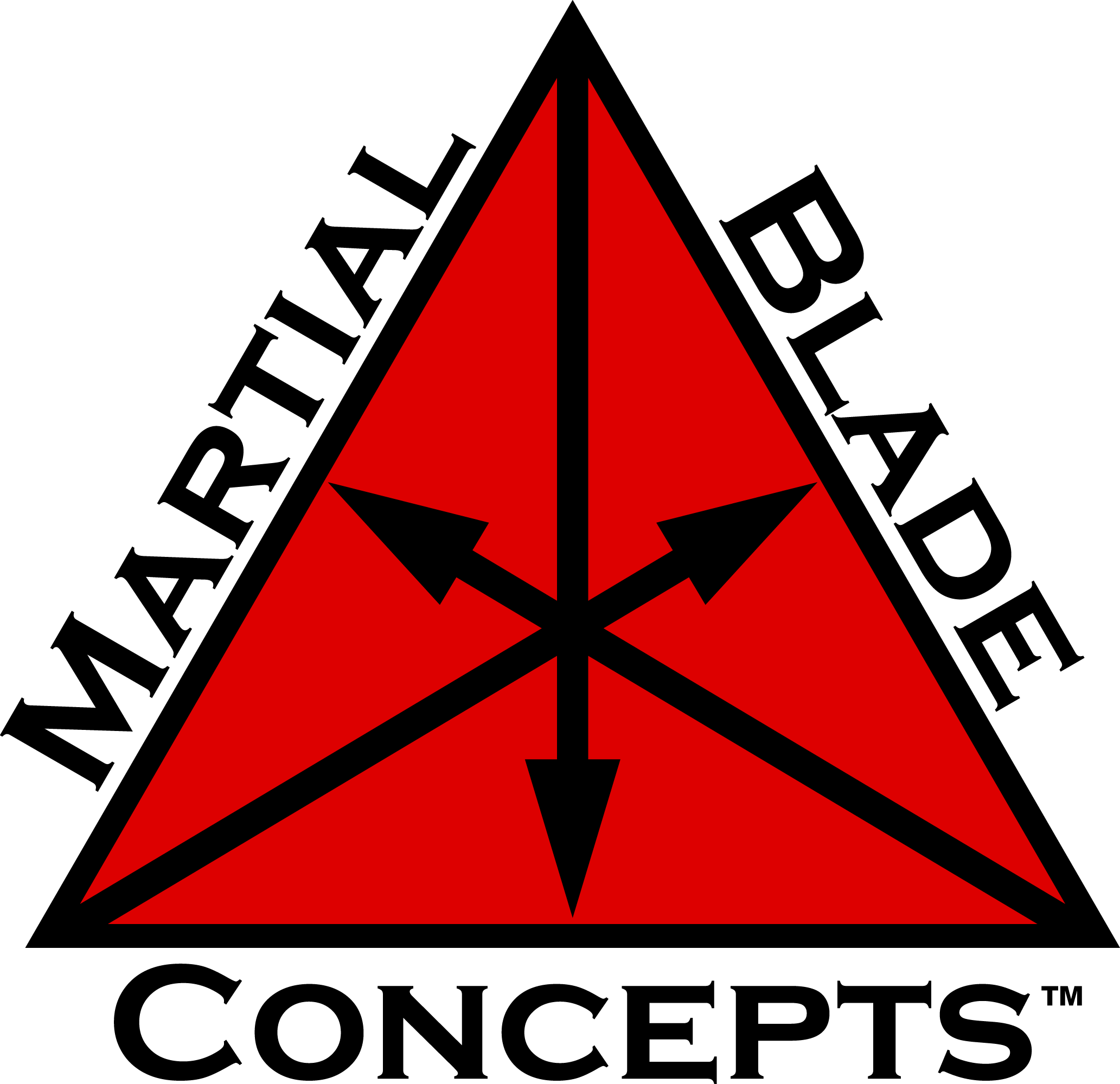Big-Knife Training
I recently did some private training for a couple of students interested in big-knife tactics. During that process, I revisited the thought process that helped make MBC what it is today–a system that focuses on practical carry knives and their real capabilities. However, I was also reminded of the benefits of playing with large blades and the training advantages they offer.
Since you will fight with what you carry, I still firmly believe that your training blades MUST replicate your actual carry blades as much as possible. I’ve seen some practitioners train with special rigs containing multiple foot-long aluminum trainers. As a martial art, that’s fine if that’s your thing. As a means of developing usable self-defense skill that translates to your actual carry knives, it’s way off base.
By training with tools that replicate your carry knives, you can integrate all phases of your tactics into the training process–including initial empty-hand responses, draws, openings, and application of the blade with realistic tactics that are appropriate to the true capabilities of that knife (i.e. the “beheading” stroke with the Spyderco Delica won’t work, no matter how cool it may seem). In my opinion, that’s where the focus of your training should be.
However, that doesn’t mean that big-knife stuff is all bad. Working with large knives does offer some significant benefits.
First of all, larger weapons force you to refine your angles of movement. With a small knife, you can be sloppy or imprecise and it’s difficult to see. Big knives–especially barongs and machetes around 20-24 inches in length–really force you to focus on precise angles and the body mechanics necessary to support them. If the plane of motion of your arm and the plane of the blade do not coincide, you’ll know it. To do that, and to swing a large knife effectively, you’ll need to have good body mechanics and hip and shoulder rotation. Big blades bring that out and motivate you to tune those elements up, rather than just being lazy and swinging your arm.
Big blades also teach real edge awareness and wrist articulation. Anyone who really understands blade-to-blade contact (regardless of the flavor or origin) knows that you never want to hit edge to edge. Blocks should always be done with the flat or the back of the blade. To do that, you need to position your blade perfectly to make contact with the proper surface area. That skill takes the edge orientation you learn by cutting and refines it much further.
This skill set also transfers over to stick work. Many systems claim that their stick work “represents” edged-weapon work. They talk about the alignment of the knuckles and the fact that strikes with the stick represent cuts with a sword or similar weapon. That’s great, until you start doing things like abaniko (fanning) strikes, which would focus exclusively on the sides of an edged weapon–unless you adjust your grip. Understanding the potential of the flats and back of a big knife is a tremendous advantage of large blade training and a skill set that separates real blade players from hobbyists. Once you can incorporate the use of the other blade surfaces as purposeful blocks, beats, and strikes, your skills and understanding will take a quantum leap. If you can’t do that, you’re stick fighting with a blade and your tactics will not effectively translate to an edged weapon.
If you really want to tune up your stick work, do all the same motions with a barong or similar style of training blade. Really try to maintain edge orientation for all your strikes. You’ll find the wrist articulation and body mechanics necessary to do this will really tune up your stick work and make it much cleaner and more precise. This is another tremendous advantage of big-knife work in that it forces you to exercise extreme control in your motions–especially when working with a partner. Swinging an aluminum barong trainer around and making precise, light contact with a partner requires excellent skill and control. Without it, every touch is a ding or bruise (remember, your partner will eventually return the favor!). Go slowly, refine your skills and your control, and really feel what you’re doing.
Once you’ve spent some time playing big knife, bring it back to reality and work with your carry knife again. Invariably you’ll find that you’ll be faster, smoother, and have better body mechanics. Like a baseball player swinging a weighted bat to warm up, the extra weight of the big knife serves as a form of resistance. Even if you never plan to carry or fight with a big knife, use it as a training method to make your small-knife skills even better.
Stay safe,
Mike
